
Exploring Africa's Cape of Good Hope
Cape Good Hope Album
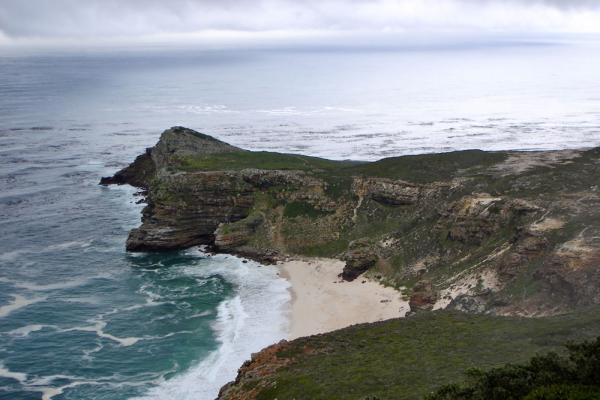
The Cape of Good Hope is one of the great natural places on Earth. Here at the southern tip of the African continent, two great oceans come together to form a most varied and unique ecological environment. Along with the nearby Cape Point, both capes are a part of the 19,266-acre (7,800-hectare) Table Mountain National Park, only about 40 miles (70 kilometers) south of Cape Town, South Africa.
Cape Good Hope Album
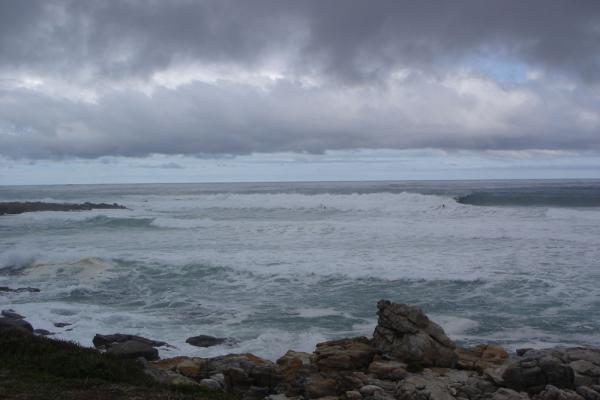
First called the "Cape of Storms" by Portuguese explorer Bartholomeus Diaz in 1488, it is here that two of the world's great oceans meet the cold Atlantic from the west collides with the warm waters of the Indian Ocean from the east. King John II of Portugal renamed the iconic landform "Cape of Good Hope" because he believed it was the gateway to the great spices and riches of the East.
Cape Good Hope Album
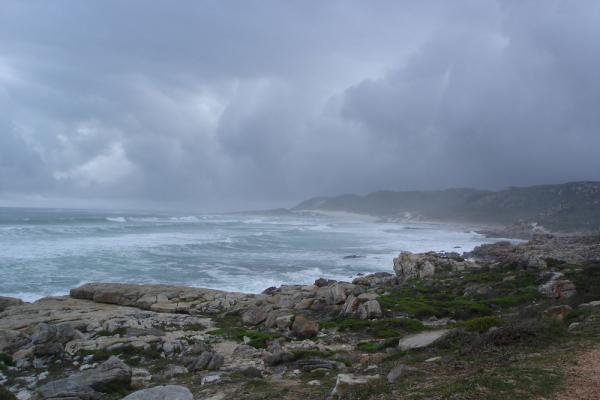
Early Portuguese sailors celebrated their arrival here knowing that their greatest battle against an often-raging sea was won and that fresh water and food was once again available on the nearby shore. English captain Sir Francis Drake wrote that this land was the "fairest cape in all the world."
Cape Good Hope Album
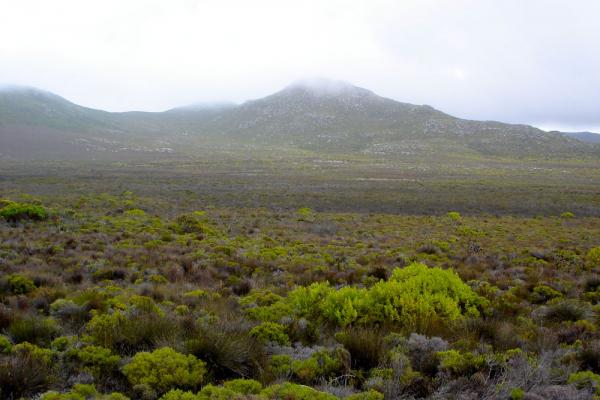
The Cape of Good Hope and the nearby Cape Point sections of the national park are covered with lush vegetation and bordered by numerous beautiful bays. Many picnic areas, tidal pools and hiking trails make the park an appealing destination for visitors from around the world.
Cape Good Hope Album

The spectacular natural scenery of both the Cape of Good Hope and Cape Point make for a rugged, wild, unspoiled national treasure. The rock formations that are found here are a part of the Table Mountain group and are formed from the ancient sandstone.
Cape Good Hope Album
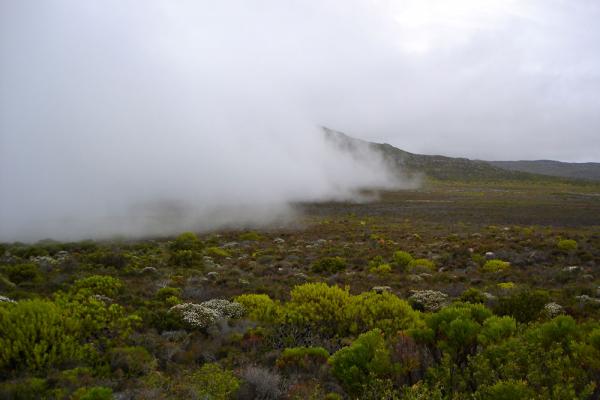
Fog is a common visitor to the national park bringing refreshing moisture to the land as well as an ever-changing and breathtaking view of the park's unique landscape. The Cape of Good Hope is a vital part of the Cape Floristic Kingdom, the richest but smallest of the world's six floral kingdoms. Over 1,100 species of indigenous plants are found here, many of which are found nowhere else in the world and giving the cape area the greatest of all floral biodiversity.
Cape Good Hope Album
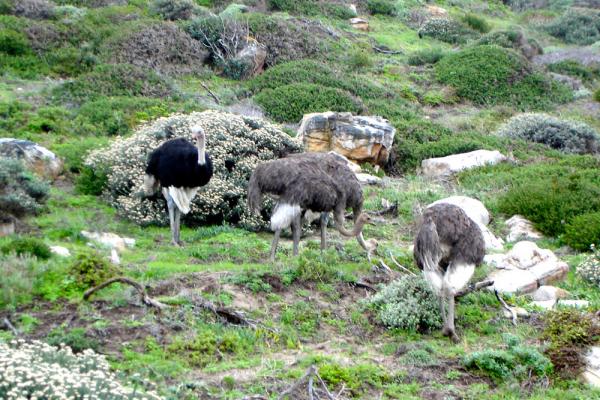
Over 250 species of birds make their home in this land where the natural habitat varies from rocky mountaintops to grasslands, from beaches to open sea. Wild ostriches are a common sight grazing in the fynbos vegetation along the seashore.
Get the world’s most fascinating discoveries delivered straight to your inbox.
Cape Good Hope Album
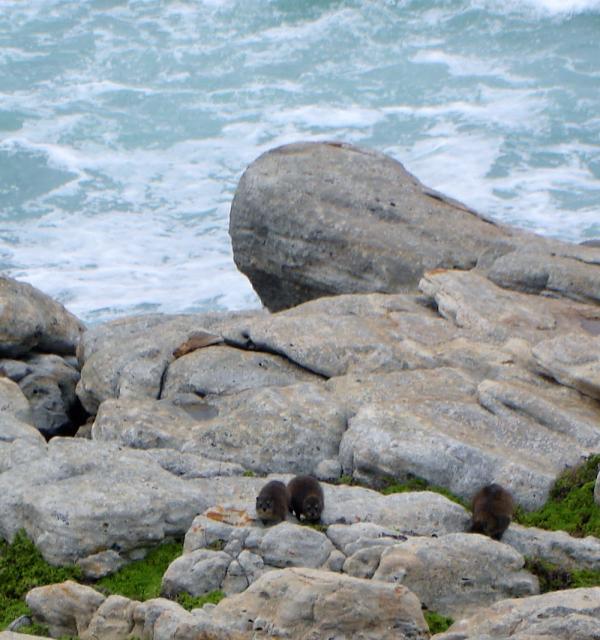
Rock dassies (Procavia capensis) are medium-sized mammals commonly found in the national park. Often called "rock rabbits," they live in herds of up to 80 members. The herds are further divided into family groups ruled by a dominant male.
Cape Good Hope Album

The Chacma Baboons (Papio ursinus) might be the best-known animals of the Cape of Good Hope. They have lived in the Cape Peninsula for well over a million years and are a favorite of tourists even today. There are 11 baboon troops of roughly 375 individuals living entirely within the Cape of Good Hope section of the national park.
Cape Good Hope Album
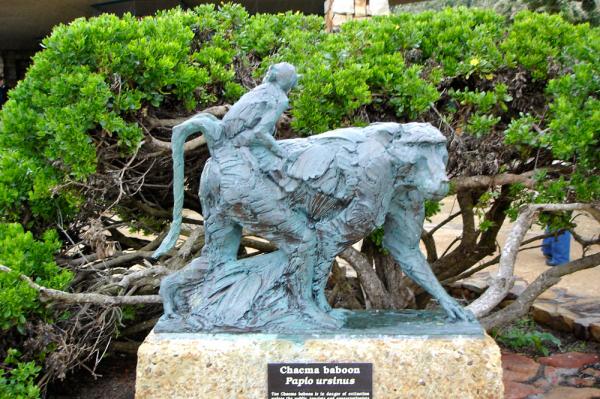
The South Africa Parks Department considers the Chacma Baboons "critically endangered" because of their genetic isolation, contact with humans and loss of natural habitat. The Cape of Good Hope section of the national park provides a sanctuary for the troops and helps protect them from negative human encounters.
Cape Good Hope Album

The rocky reefs near the Cape of Good Hope are home to 26 recorded shipwrecks and many others undocumented and yet undiscovered. Here too is where the legendary ghost ship, the Flying Dutchman, has been seen since the 17th century, making its way through stormy seas under full sail.
 Live Science Plus
Live Science Plus





